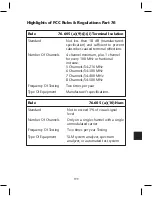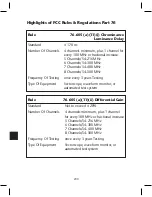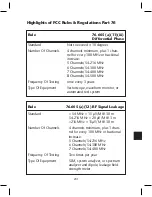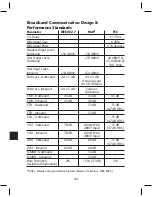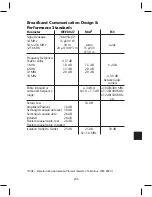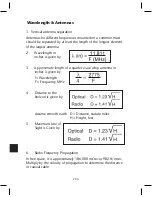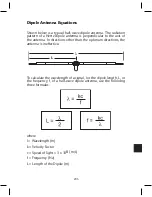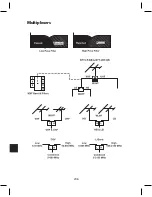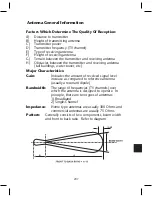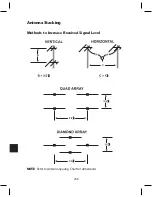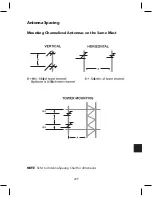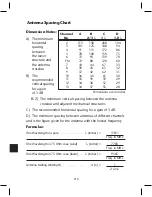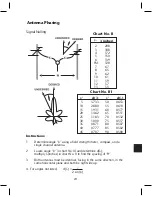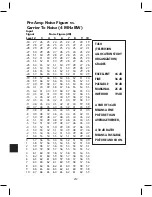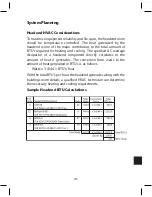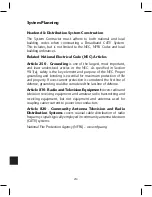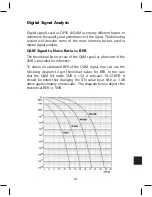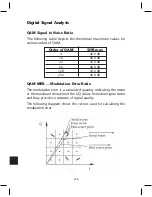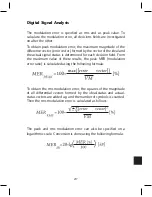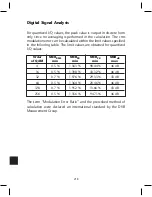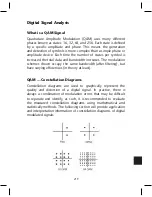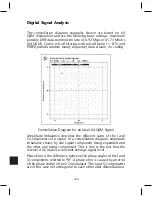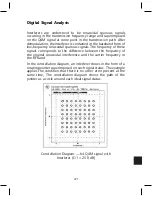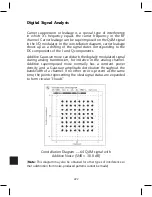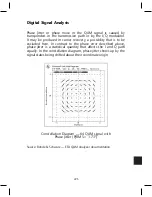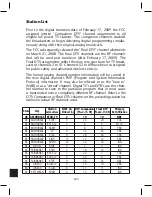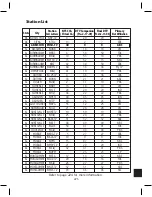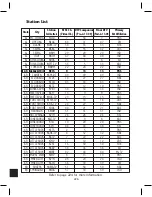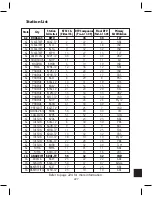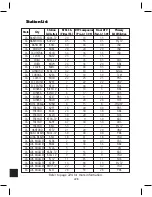
213
System Planning
Headend HVAC Considerations
To maximize equipment reliability and life span, the headend room
should be temperature controlled. The heat generated by the
headend is one of the major contributors to the total amount of
BTU’s required for heating and cooling. The specified AC wattage
dissipation of a headend component directly correlates to the
amount of heat it generates. The conversion from watts to the
amount of heat generated in BTU’s is as follows:
Watts x 3.4144 = BTU’s/hour
With the total BTU’s per hour the headend generates along with the
buildings room details, a qualified HVAC technician can determine
the necessary heating and cooling requirements..
Sample Headend BTU Calculations
Summary of Contents for AMM-806
Page 86: ...79 TVCB PC Installation ...
Page 93: ...86 SMI Installation Torque Patterns 1 Start Here 2 3 4 5 6 1 Start Here 2 3 4 4 PORT 8 PORT ...
Page 125: ...118 Fiber Optics Fiber Loss vs Path Length Single Mode 1550 nm ...
Page 156: ...149 Cable TV Channel Format NTSC NTSC Composite Video Waveform ...
Page 157: ...150 US Frequency Spectrum ...
Page 158: ...151 FCC Aeronautical Band Frequencies Used for Communication and Navigation ...
Page 175: ...168 Common CATV Symbols ...
Page 176: ...169 Common CATV Symbols ...
Page 177: ...170 Digital L Band Distribution Symbols ...
Page 178: ...171 Digital L Band Distribution Symbols ...
Page 183: ...176 Typical Cable Attenuation Chart in dB 100 Feet 68 F 20 C ...
Page 187: ...180 Echo Rating Graph ...
Page 188: ...181 Signal to Interference Limits Non Coherent Carriers ...
Page 190: ...183 Heterodyne Modulator Analog ...
Page 191: ...184 Heterodyne Processor Analog ...
Page 213: ...206 Multiplexers ...
Page 285: ...Rev 8 0 ...

